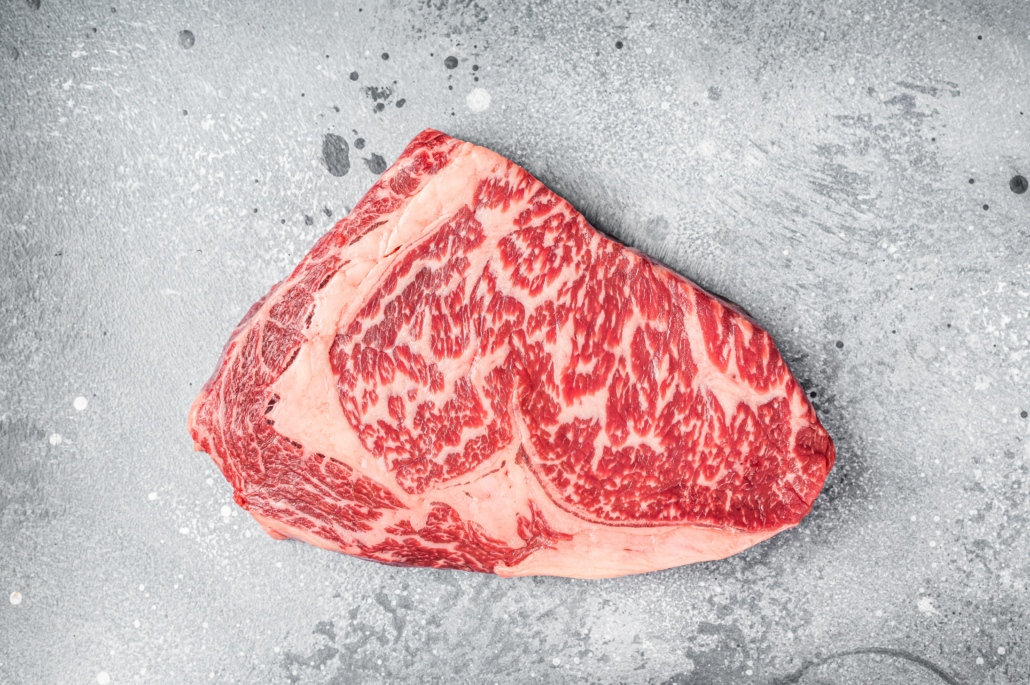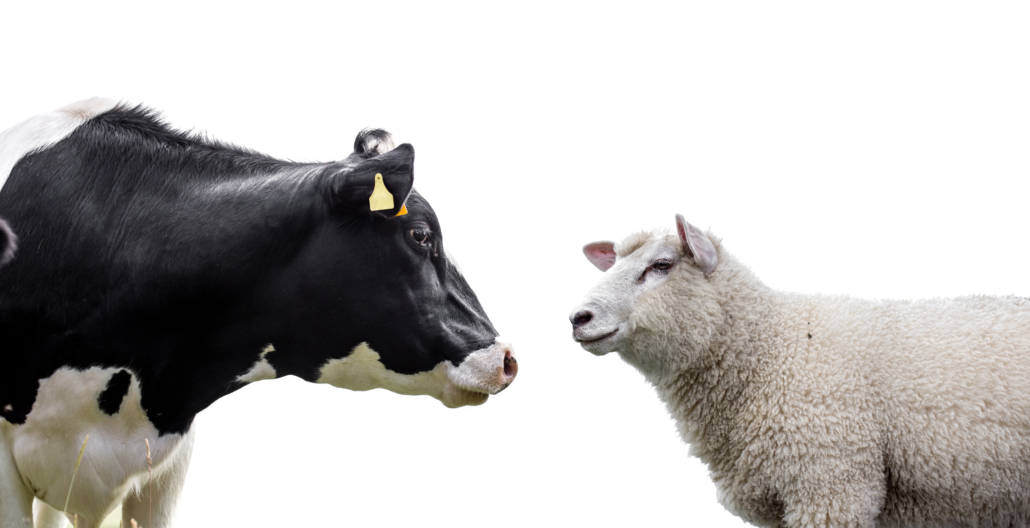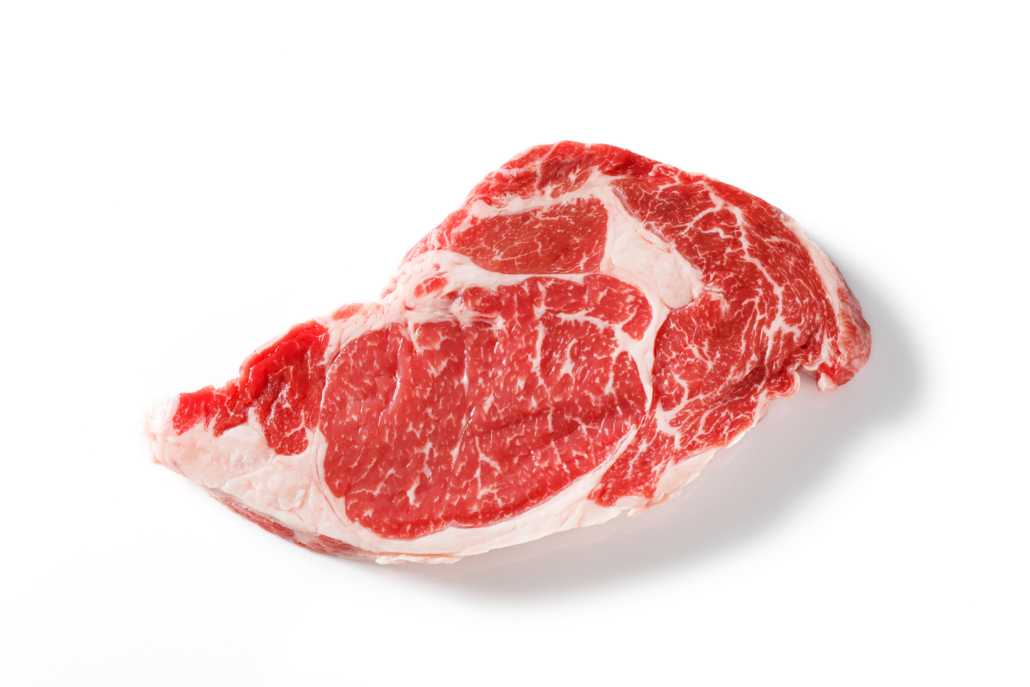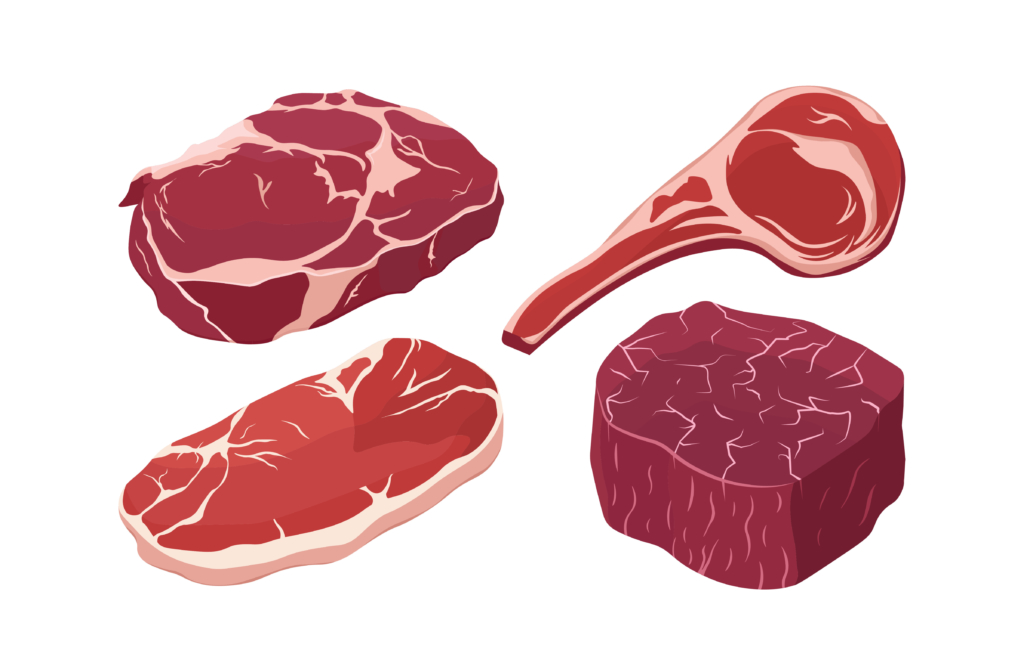We include products in articles we think are useful for our readers. If you buy products or services through links on our website, we may earn a small commission.
New Zealand Beef: Health Benefits, Quality, and Where to Source
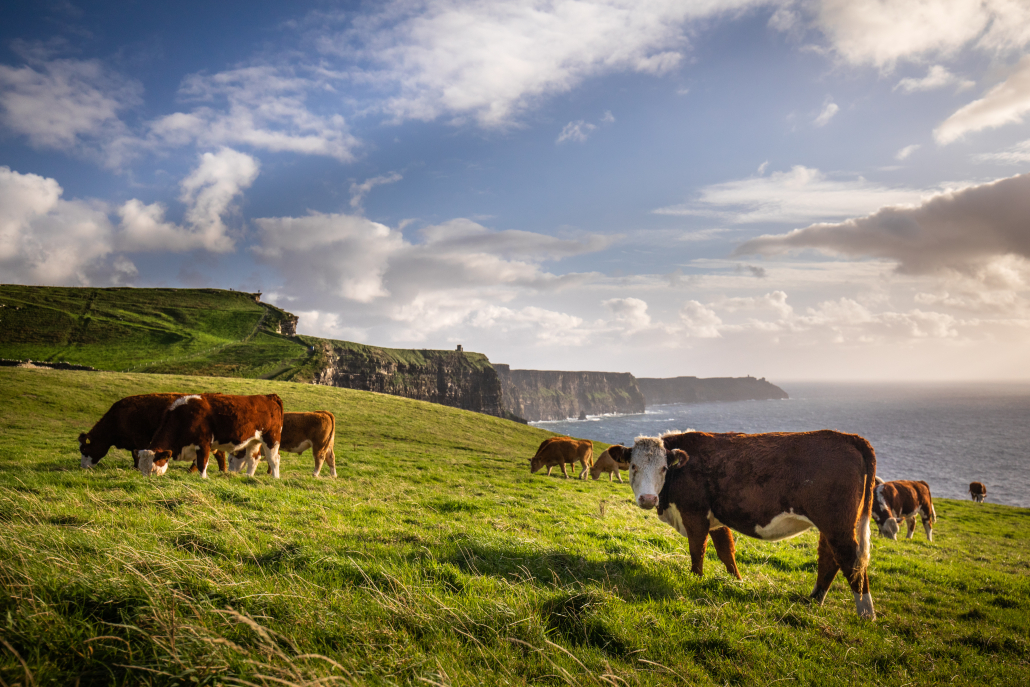
New Zealand grass-fed beef conjures images of happy cows roaming majestic “Lord of the Rings” landscapes–snow-capped mountains, endless rolling green pastures with views of the sparkling Pacific Ocean.
This fantasy of healthy cattle grazing amidst unspoiled nature is actually reality.
With a population of only 3 million people, nature and the happy cows who call it home reign supreme in New Zealand.
The temperate climate of wet winters and warm summers translates into endless expanses of emerald green grass–the perfect fuel for bovine diets.
In this article, we’ll explore how New Zealand’s ranching culture of humane techniques and an all-grass diet make New Zealand cattle the source of the best beef and organ meats in the world.
We’ll also take a look at what separates New Zealand beef from American beef and why it matters for your health.
Table of Contents
The Difference Between New Zealand and American Beef
If you read the above and you’re thinking, hey, America has plenty of sunshine and rolling pastures, too, you’re somewhat right. America has a huge land area, but across much of it grass-fed ranching is inhibited by long harsh winters.
And even in more temperate regions, we don’t use all that much of our ideal pasture land to raise and feed our beef.
This is because since the 1950’s the majority of American cattle is fed a diet of grains (mostly corn) to increase their fat content while raising more animals less expensively in smaller spaces.
Confined Animal Feeding Operations
The 1950’s marked the advent of animal feedlots, or what the beef industry calls Confined Animal Feeding Operations (CAFOs).
These CAFOs are driven by profit margins, not the health of the animals nor the quality of the meat.
In these filthy, cramped conditions cows receive growth hormones, antibiotics, and GMO feed ridden with pesticides. But they’re good for one thing–producing cheap beef.
Most American grass-fed and pasture-raised beef producers couldn’t compete and nearly disappeared.
Nowadays you hear a lot more about grass-fed beef. Yet, according to Dr. Dale Woerner, at the Center for Meat Safety & Quality at Colorado State University, only 3% of U.S. beef is grass-fed. The other 97% are raised on feed lots.
Misleading Labeling
To complicate matters, the terms grass-fed and grass-finished are not regulated by the USDA. This means grass-fed cows could still be produced by CAFOs that use grass pellets from GMO sources loaded with pesticides. In America the image of happy cows grazing in the sun is likely very far from the truth.
Organic labeling also doesn’t mean as much as you might think. Though it requires ranchers to pasture their cows, this might only mean a few weeks. And the feed can still include grains and corn as long as they are organically grown.
In addition, the harsh winters across much of U.S. cattle country mean that for significant parts of each year even truly grass-fed cows have to eat low-nutrient hay–likely grown using pesticides from GMO seeds.
New Zealand Beef Benefits

Beef ranching, like most businesses that produce high quality products, is driven by a superior culture. Culture entails values, goals, traditions, and incentives. The benefits of New Zealand beef are a result of its ranching culture.
New Zealand Beef Culture
Much of the New Zealand cattle culture can be traced to the land itself. This small country–about the size of Colorado–has a fittingly small population, but an outsize abundance of natural beauty. This engenders respect and reverence for the natural world that translates to caring for the animals and the environment they grow in.
There’s also the fact that New Zealand is blessed with an ideal climate, an abundance of grassy pastureland, and different economic forces: They just can’t compete with cheap American factory-farmed beef. New Zealand beef has to stand out in terms of quality.
Evidence of the superiority of New Zealand’s cattle culture came in 2019 when Forbes named New Zealand’s First Light Farms–a collective of over 50 grass-fed cattle ranches, as the purveyor of the best beef in the world.
No GMO’s
As with most developed nations other than the U.S. New Zealand bans the production and sale of Genetically Modified Organisms (GMOs).
GMO prohibitions are based on evidence showing that GMOs may be detrimental to both human and environmental health.
For example, during the decade after 1996 when GMO crops were introduced :
- the percentage of people with at least 3 chronic illnesses spiked from 7-13% of the American population.
- Food allergies exploded
- Autism, digestive issues, and reproductive problems increased
- Antibiotic resistance increased as a result of the antibiotics fed to CFO animals and then transmitted to humans when we consume their meat.
New Zealand cattle are pasture-raised and finished. This means they’re never confined to feedlots, forced to eat GMO grains, or administered antibiotics and hormones.
Superior Fatty Acid Composition
The high quality of New Zealand beef isn’t only defined by what it prohibits(GMOs), but also by what it offers in terms of fatty acid ratios.
In general grass-fed beef contains fewer inflammatory polyunsaturated fatty acids (PUFA).
Grass-fed beef also contains a healthier ratio of naturally occurring trans fats, like conjugated linoleic acid (CLA),
CLA is known to provide various health benefits, including improved weight loss and body composition.
Grass-fed beef has also been found to have around 36% higher levels of stearic acid. This beneficial saturated fatty acid can activate mitochondrial function that leads to reduced body fat, and increased weight loss.
Omega 3 to 6 Ratio
Studies looking specifically at the fat-marbled new New York strip steak from New Zealand’s First Light Farm reveal that it has an Omega 3: Omega 6 ratio of 1:1.3. By contrast, a grain-fed New York strip has a 1:9.3 ratio.
Why does this ratio matter?
Omega 3 and Omega 6 fatty acids have a profound influence on our health. They affect our inflammatory response to pathogens and injury while regulating blood pressure and lung function, among many other processes.
Omega-3’s have a general anti-inflammatory effect, while omega-6’s have an inflammatory effect.
Since our bodies do not produce these types of fat on their own, we have to get them from our food.
With the rise of the standard American Diet loaded with processed vegetable oils, along with the declining use of whole animal fats high in omega-3’s like tallow, butter, and ghee, our omega 3:6 ratios have become highly Omega-6 dominant. Estimates range from 1:12 to 1:25.
Omega-3:6 imbalances have been linked to numerous inflammatory diseases including heart disease, cancer, diabetes, and other metabolic diseases , pregnancy issues depression and bipolar disorder.
New Zealand Beef and Heart Health
Contrary to mainstream nutritional misinformation, saturated fat and red meat is not necessarily bad for you.
In fact, as in the above-mentioned case of stearic acid, saturated fatty acids offer powerful health benefits.
A recent study funded in part by New Zealand’s First Light farms and conducted by the Liggins Institute at the University of Auckland looked specifically at the health effects of eating 100% grass-fed New Zealand beef for 3 meals a day.
50 middle-aged men were given either New Zealand wagyu (the extremely fat-marbled variety) beef, grain-fed beef, or soy protein over an 8 week period. During the study, participants avoided other red and processed meats.
Interestingly, all three groups had improved cholesterol levels, with the wagyu group showing a 7.0 to 5.5 mmol/L drop. They also reduced waist size and body fat. These improvements were consistent across all three diets.
Lead researcher David Camero Smith concluded: “Wagyu is known equally for its tenderness and high levels of fat, and our research focused on the specifics of how this fat might impact on heart health. However, eating Wagyu three times each week for eight weeks had no negative impact on the risk factors of heart disease, including cholesterol levels and blood pressure. Our research demonstrates that as part of a healthy lifestyle, enjoying premium New Zealand grass-fed Wagyu beef is not detrimental to heart health in men.”
Sourcing New Zealand Beef
New Zealand beef is widely available in markets around the world and across America. The New Zealand beef and lamb association has a helpful store locator here.
And if you’re interested in the premium New Zealand wagyu beef mentioned above, First Light Farms has their own store locator here.
New Zealand Beef Organ Meats
So far we’ve mostly been talking about the muscle meat of New Zealand cows. It’s worth mentioning New Zealand beef is equally prized for the superior quality of its organ meats.
Organ meats are packed with hard-to-find vitamins and minerals, and may be an essential component of a well-formulated carnivore diet.
At this time it may be difficult to source fresh New Zealand beef organ meats.
However, you can get the benefits of New Zealand beef organ meat in the form of beef organ meat supplements and beef liver supplements.
New Zealand Beef: The Takeaway
New Zealand provides the ideal environment to raise happy healthy 100% grass-fed and GMO-free beef.
Choosing New Zealand grass-fed beef supports sustainable farming practices, animal welfare, individual health, and a traditional ranching culture that goes back generations.












